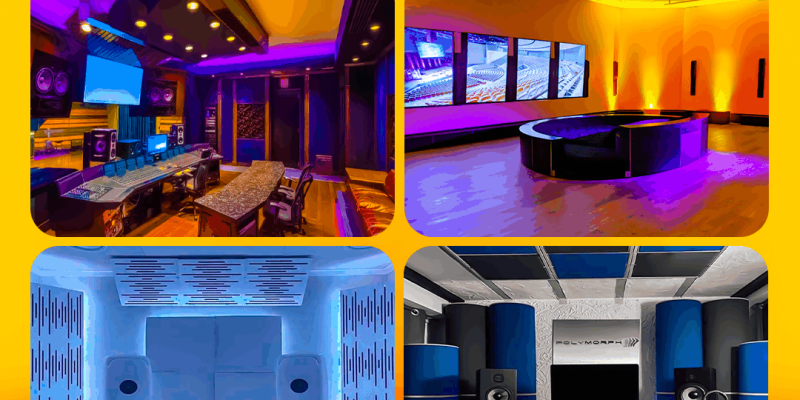Insulation materials are substances or products designed to reduce heat transfer between different areas or components of a structure. They are used to create a barrier that minimizes the flow of heat, sound, or electricity. Insulation materials are commonly used in buildings, appliances, vehicles, and various industrial applications.
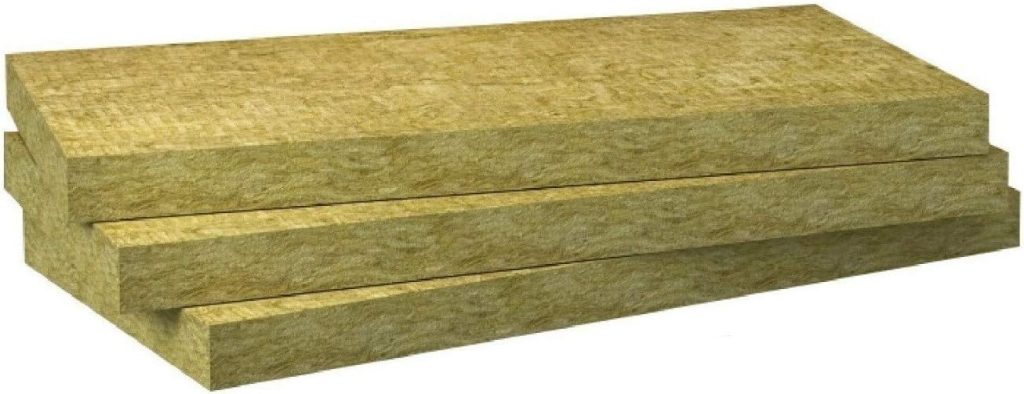
Here are some common types of insulation materials:
- Fiberglass: Fiberglass insulation is made from thin fibers of glass. It is one of the most widely used insulation materials due to its affordability, fire resistance, and effectiveness in reducing heat transfer. Fiberglass insulation comes in the form of rolls or batts and is commonly used in walls, attics, and ceilings.
- Mineral Wool: Mineral wool, also known as rock wool or slag wool, is made from molten rock or industrial byproducts. It consists of intertwined fibers that trap air pockets, providing good thermal and acoustic insulation. Mineral wool is resistant to fire, moisture, and pests. It is commonly used in industrial applications, HVAC systems, and as cavity insulation.
- Cellulose: Cellulose insulation is made from recycled paper or plant fibers treated with fire retardants. It is an eco-friendly option with good thermal performance. Cellulose insulation is often blown into attics, walls, and other enclosed spaces, filling gaps and providing effective insulation.
- Polystyrene: Polystyrene insulation is available in two forms: expanded polystyrene (EPS) and extruded polystyrene (XPS). EPS is lightweight and has good thermal insulation properties, while XPS is denser and offers higher compressive strength. Polystyrene insulation is commonly used in walls, roofs, and foundations.
- Polyurethane Foam: Polyurethane foam insulation is a spray-applied material that expands to fill gaps and cavities. It provides excellent thermal insulation, air sealing, and moisture resistance. Polyurethane foam is commonly used in buildings, including walls, roofs, and crawl spaces.
- Reflective Insulation: Reflective insulation consists of a layer of foil or metalized film that reflects radiant heat. It is often used in attics, roofs, and walls to reduce heat gain. Reflective insulation is combined with other insulation materials to provide enhanced thermal performance.
- Aerogel: Aerogel is a highly porous material with extremely low thermal conductivity. It is composed of a gel in which the liquid component has been replaced with gas. Aerogel insulation is lightweight and offers excellent thermal performance, making it suitable for applications where space is limited.
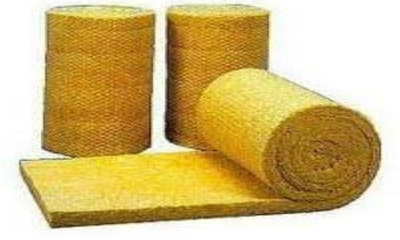
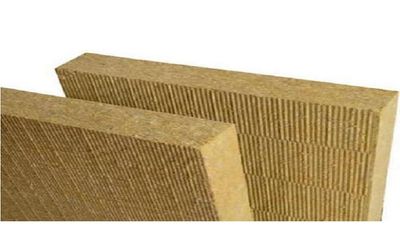


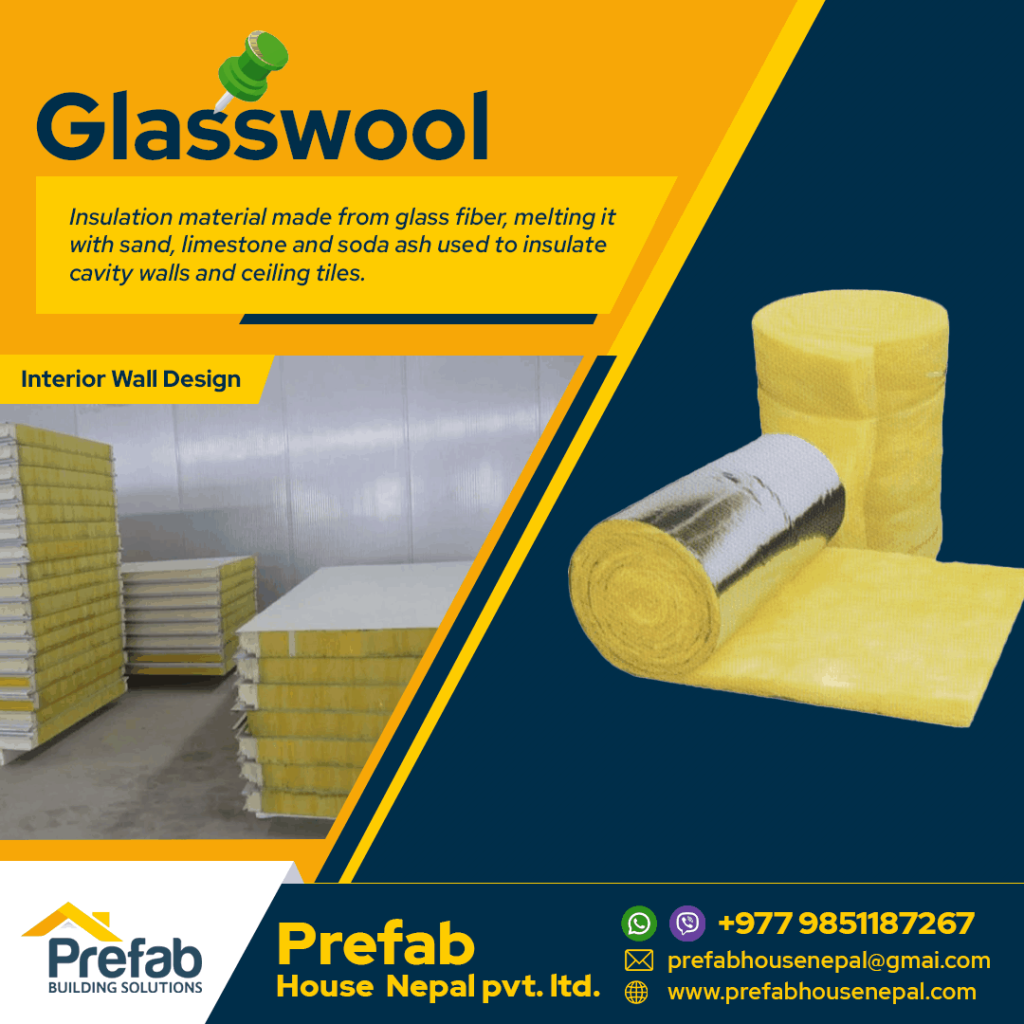
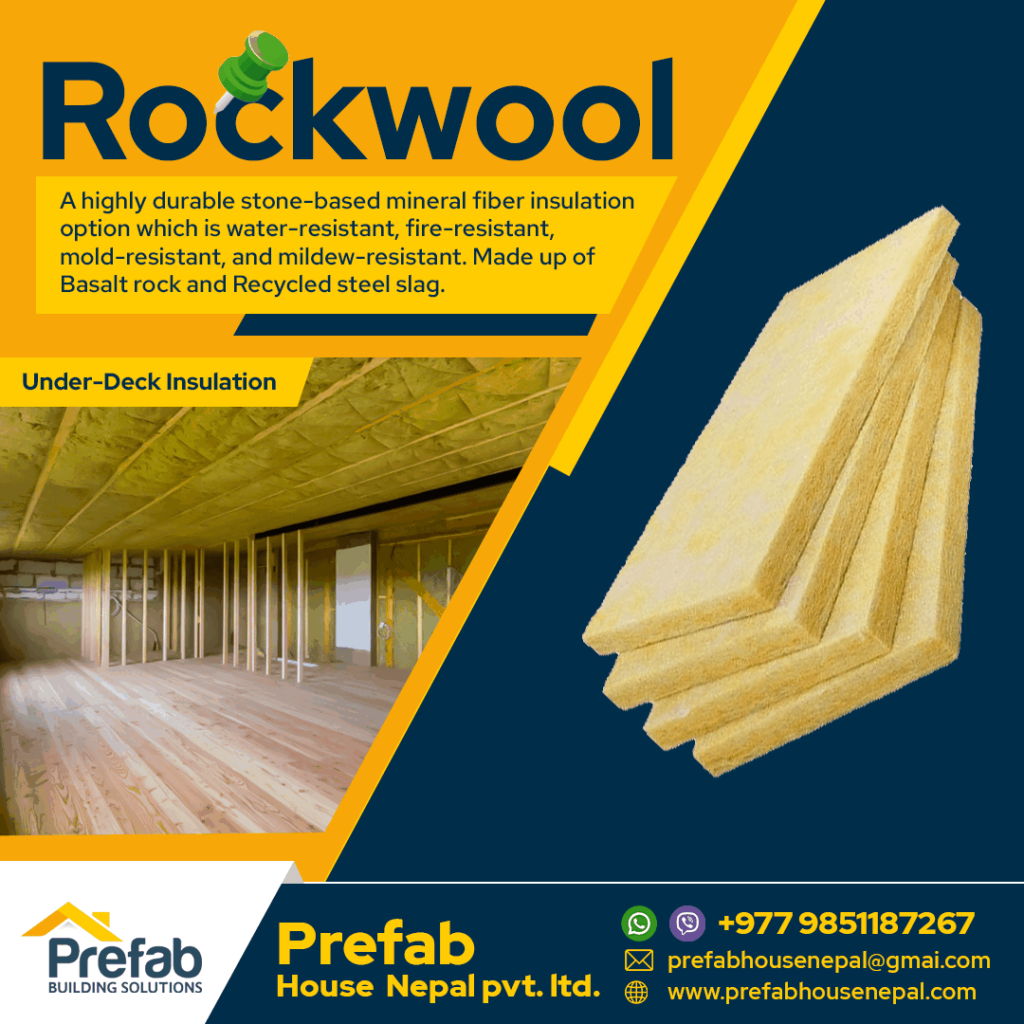
These are just a few examples of insulation materials available in the market. The choice of insulation material depends on factors such as cost, desired thermal performance, fire resistance, environmental impact, and specific application requirements.

